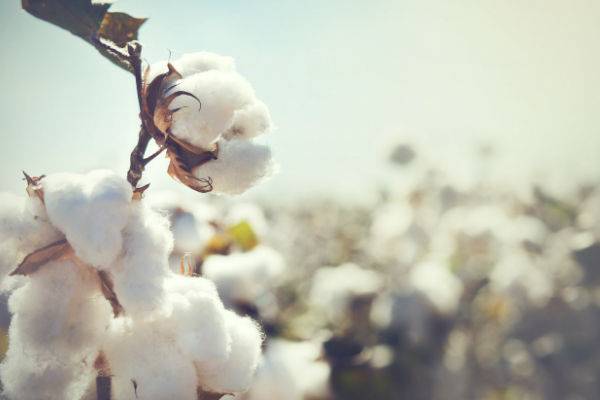Sustainable fashion. Dress ethically
The textile industry is the second biggest pollutant on the planet, due to the waste it generates and its high consumption of water and energy, as well as the chemical compounds used. The ecological awareness that already covers many aspects in our daily lives is also gradually being introduced into fashion. Dressing ethically is becoming easier.
IT’S ECO, IT’S LOGICAL
Share

Natural fibres such as cotton, silk, linen and wool that were traditionally used to make clothes have now been switched to synthetic fibres, mainly petroleum derivatives such as polyester and nylon. 80,000 million garments are sold across the world every year. All of this translates into severe environmental problems on a global scale. Therefore, some brands have got the ball rolling and committed themselves to sustainable fashion.
These ecological garments are based on the manufacturing of clothing with fabrics that, from the planting of their fibres to their preparation, are free from chemical products and are respectful of the environment. This ethical concept when choosing how to dress has spread to ordinary citizens, who are becoming increasingly concerned about the origin of fabrics and the recycling of garments.
Some brands have got the ball rolling and committed themselves to sustainable fashion.
In order for a material to be considered sustainable, it is necessary to assess where it comes from, how it becomes a textile, the working conditions of the people who produce them and the carbon footprint of that material. Natural fibres are those that are found in nature and may come from plants or animals. Cotton belongs to this first group, being one of the most widespread crops in the world. For some years now, we have seen how some companies are committing themselves to making their clothes with organic cotton, cultivated in fields free from pesticides, herbicides and synthetic fertilisers, without involving any chemical products. This type of cotton is not only beneficial for the planet, it is also beneficial for our health, as it can prevent the allergic reactions, eczema and atopic dermatitis caused by chemical dyeing.

Bamboo is another plant that is being used more andmore to make ecological garments. The bamboo plant grows very fast and does notneed pesticides. It is also antibacterial and repels odours. This fabric is revolutionising the market and promises to be one of the fibres of the future. Linen, moreover, is the oldest textile fibre in history and the first one ofvegetable origin to be used by the textile industry. It was first cultivated inancient Egypt in the fourth century B.C
The breakage resistance of the linen fibre is almost double that of cotton, and this fabric also cancels out the proliferation of bacteria on our skin. Like cotton, linen is a good heat conductor, which makes its especially suitable for summer clothing or areas where the climate is especially warm. Hemp and eucalyptus are also plants that can be turned into sustainable fabrics. They are being increasingly used and reduce the environmental impact of the textile industry.
The bamboo plant grows very fast and does notneed pesticides
As occurs in other sectors, there is much confusion with the bio, eco, natural and organic labels. In order for a garment to be ecological, the brand or collection must hold certificates that certify their organic materials. In Europe, the most common is the GOTS (Global Organic Textile Standard). GOTS is recognised as the leading standard in the processing of textiles made with organic fibres. It contains clear requirements for caring for the environment whilst maintaining compliance with the social criteria. Only those textile products containing a minimum of 70% organic fibres can be certified with GOTS.






